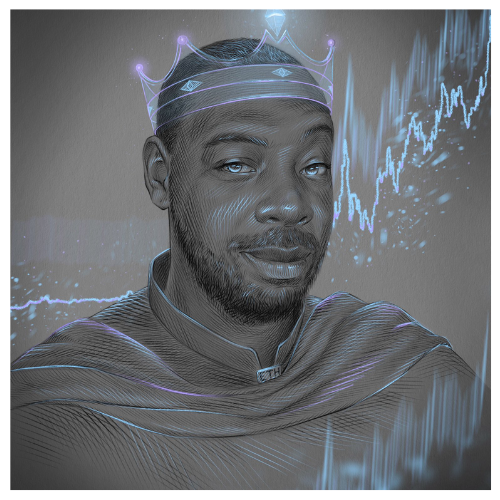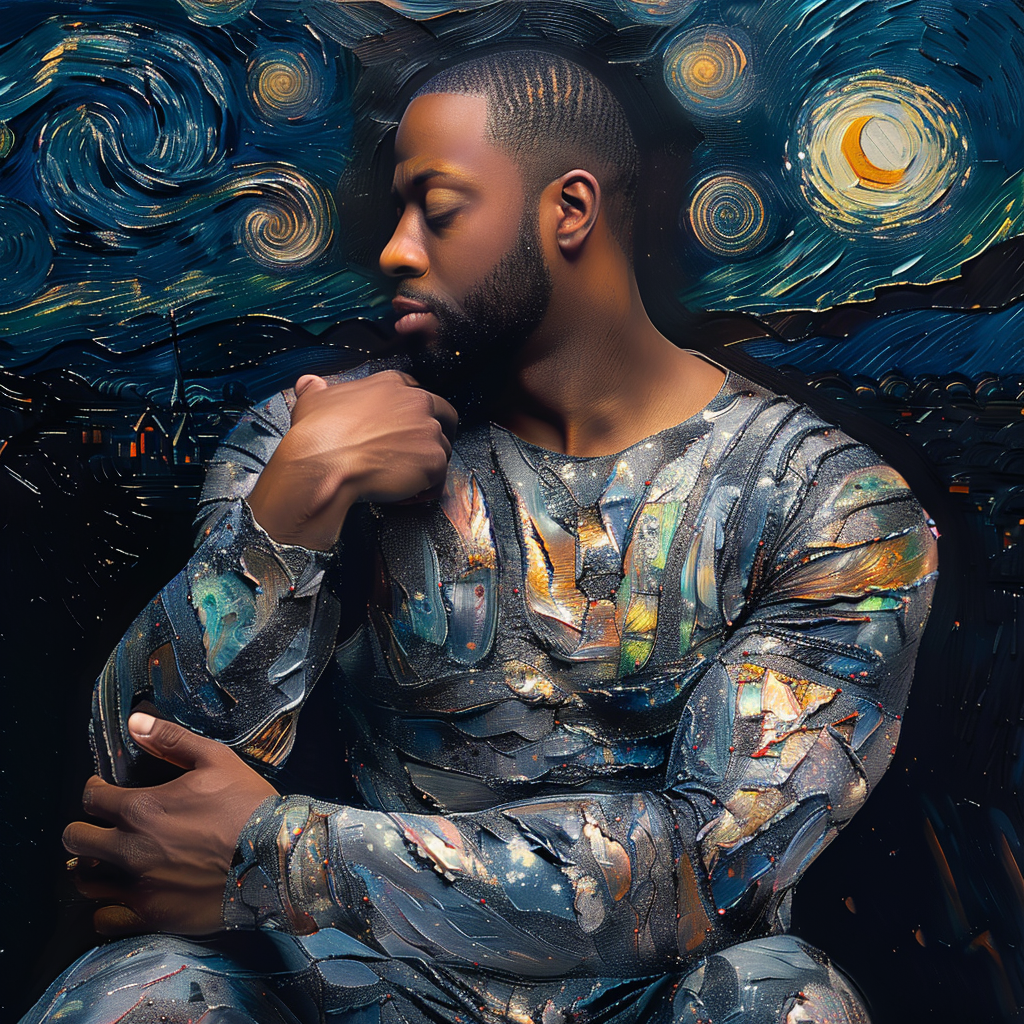Who Is Oscar-Claude Monet
Greetings Warriors!
Today I want to take a moment to talk about one of the greatest painters in history—yours truly, well, not really me, but the incredible Oscar-Claude Monet. Fun fact: we share the same birthday, November 14! I want to delve into his background, his journey into the world of art, and how it contrasts with the more traditional styles of his time. Let's start from the beginning with a proper introduction: Oscar-Claude Monet, born on November 14, 1840, in Paris, France. He grew up in Le Havre, where his love for the sea and the play of light began to shape his artistic vision.
Waterlilies and Japanese Bridge by Claude Monet, 1899
Early Life
From a young age, Monet showed a remarkable talent for drawing. He became well-known locally for his caricature drawings, which were detailed, expressive, and full of personality. Monet was really good at it, so good that he started making money from his caricatures. This early success not only boosted his confidence but also got him started on his artistic path. He was always drawing, creating these popular caricatures, and it was clear to everyone that his talent was something special.
Artistic Evolution
In 1858, he met Eugène Boudin, who became his mentor and introduced him to outdoor painting. This was a game-changer, setting the stage for Monet’s revolutionary approach to capturing light and atmosphere.
Fishing Boats by Claude Monet, 1883
Monet moved to Paris in 1862 to pursue his passion, enrolling in the studio of Charles Gleyre. Here, he met fellow artists Pierre-Auguste Renoir, Frédéric Bazille, and Alfred Sisley. Together, they experimented with new techniques and ideas, breaking away from the rigid conventions of the Académie des Beaux-Arts.
The Artist’s House at Argenteuil by Claude Monet, 1873
Life Of A Legend
His early career wasn’t smooth sailing. Financial struggles and the harsh criticism of his work were constants. But Monet’s determination never wavered. His commitment to his vision paid off when he painted "Impression, Sunrise" in 1872. This piece, with its loose brushwork and focus on light rather than detail, gave birth to the term "Impressionism" after a critic's derogatory remark.
Monet’s personal life had its share of ups and downs. He married Camille Doncieux in 1870, and they had two sons. Camille’s untimely death in 1879 was a devastating blow, but Monet channeled his grief into his work, producing some of his most poignant pieces during this period.
In 1883, Monet moved to Giverny, where he created the stunning gardens that would become the subject of his most famous works. The water lilies, the Japanese bridge, and the weeping willows—all became iconic images, showcasing Monet’s masterful use of color and light.
Claude Monet, Impression, Sunrise, 1872
The Legacy Lives On
Despite his success, Monet’s journey wasn’t without challenges. He battled cataracts in his later years, which affected his vision and, consequently, his work. Yet, he continued to paint, adapting his style to his changing perception, and producing some of his most abstract and powerful pieces.
Claude Monet, Water Lilies (detail), 1914 – 1917.
The Warrior's Path
Monet’s influence on art is immeasurable. He not only pioneered Impressionism but also paved the way for modern abstract art. His ability to capture fleeting moments and the transient effects of light changed the way we see the world.
Oscar-Claude Monet passed away on December 5, 1926, but his legacy lives on. His works are celebrated worldwide, and his garden in Giverny remains a pilgrimage site for art lovers.
The Japanese Bridge by Claude Monet, (1920-1922)
Conclusion
Monet’s story is a testament to the power of persistence and staying true to one’s vision. It’s a reminder that even in the face of criticism and hardship, incredible beauty and innovation can emerge. If you find Monet's journey as inspiring as I do, let’s discuss it in the comments below. Don’t be a stranger, share your thoughts and favorite Monet pieces!









